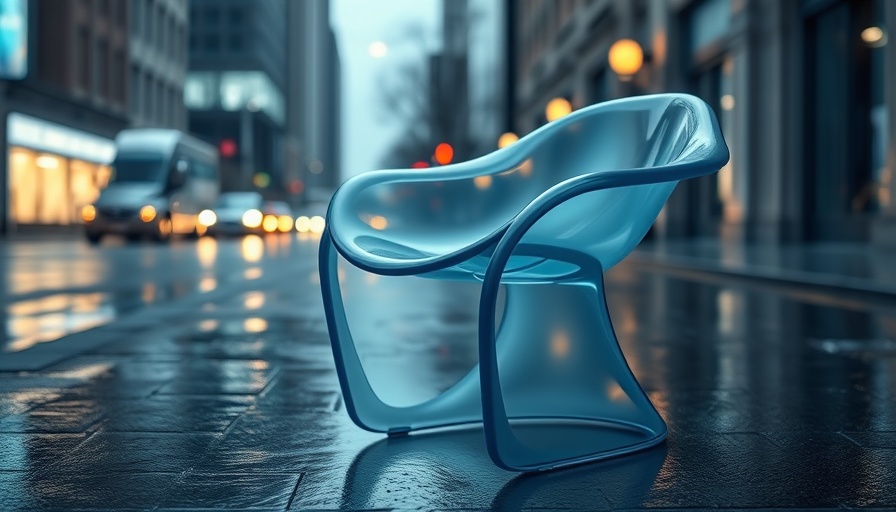
The Art of Harmonizing Old and New in Architecture
Hariri Pontarini Architects has breathed new life into the commercial space of Toronto with their innovative design for the 12 Ossington building. This 15,790-square-foot structure stands as a testament to the blending of modern aesthetics with the historical context of its neighborhood. By incorporating 'playful and quirky' features, such as unique brick arches, the architects aim to ensure that the building feels both familiar and fresh—a place that provokes curiosity without feeling out of place.
Why Playful Arches Matter in Modern Design
The arched facade of 12 Ossington serves more than just a visual appeal; it engages visitors and passes by, inviting them to be part of its story. Siamak Hariri, the founding partner of the firm, emphasizes the importance of texture and emotion in architecture. This playful element encourages spontaneous interaction, reminding passersby that buildings can be both functional and enjoyable to experience.
Embracing the Community Fabric
Designed with respect to existing structures, 12 Ossington acknowledges the vibrant history of 19th-century brick buildings nearby. The architects were keen to create something that not only highlights the uniqueness of the local architecture but also contributes positively to the urban landscape. By using multicolored brick arranged to form irregular arches—a nod to traditional handcrafted bricks—the building pays homage to the craftsmanship that defined earlier Toronto architecture while infusing it with a contemporary twist.
Function Meets Aesthetic in Workspace Design
As digital nomads, creating a comfortable workspace is vital for productivity. The 12 Ossington building facilitates this through its meticulously designed interiors. The offices are flooded with natural light due to their transparent modular sections, promoting a sense of well-being among occupants. The designers have taken care to create spaces that inspire creativity while maintaining a professional environment, striking a balance that remote workers can benefit from tremendously.
Future of Workspace: Lessons from Architecture
As remote work becomes the norm, the lessons from 12 Ossington's design can serve as a guide for those looking to create efficient home offices. Incorporating elements that motivate creativity and connection, such as natural light and thoughtfully designed spaces, can significantly impact mental health and productivity. For example, imagining workplace designs that mimic the feeling of being in a dynamic, vibrant building can help remote workers feel more engaged and less isolated.
The Harmony of Old and New: A Design Philosophy
A building like 12 Ossington represents the potential of incorporating historical elements into modern design, which is crucial in a city rich with culture and heritage. By retaining elements from the past, we create a continuity that honors the community while providing for the future. This is particularly significant for digital nomads who may dream of working in spaces that inspire both creativity and comfort, melding prior traditions with present needs.
The juxtaposition of old and new materials, such as heavy brickwork with the lightness of glass, exemplifies an architectural language that speaks to versatility and innovation. For those considering their workspaces, these principles can inspire unique setups that respect both their personal style and the functional needs of remote work.
Understanding how to create an inspiring workspace is ever so crucial. As we navigate through our professional lives, let us take cues from architecture like that of 12 Ossington, where the stories of the past inform the aspirations of the future.
To optimize your workspace, consider incorporating natural light, quirky design elements, and comfortable yet supportive furniture. These attributes can transform any home office into a personal haven of productivity and creativity.
 Add Row
Add Row  Add
Add 




Write A Comment